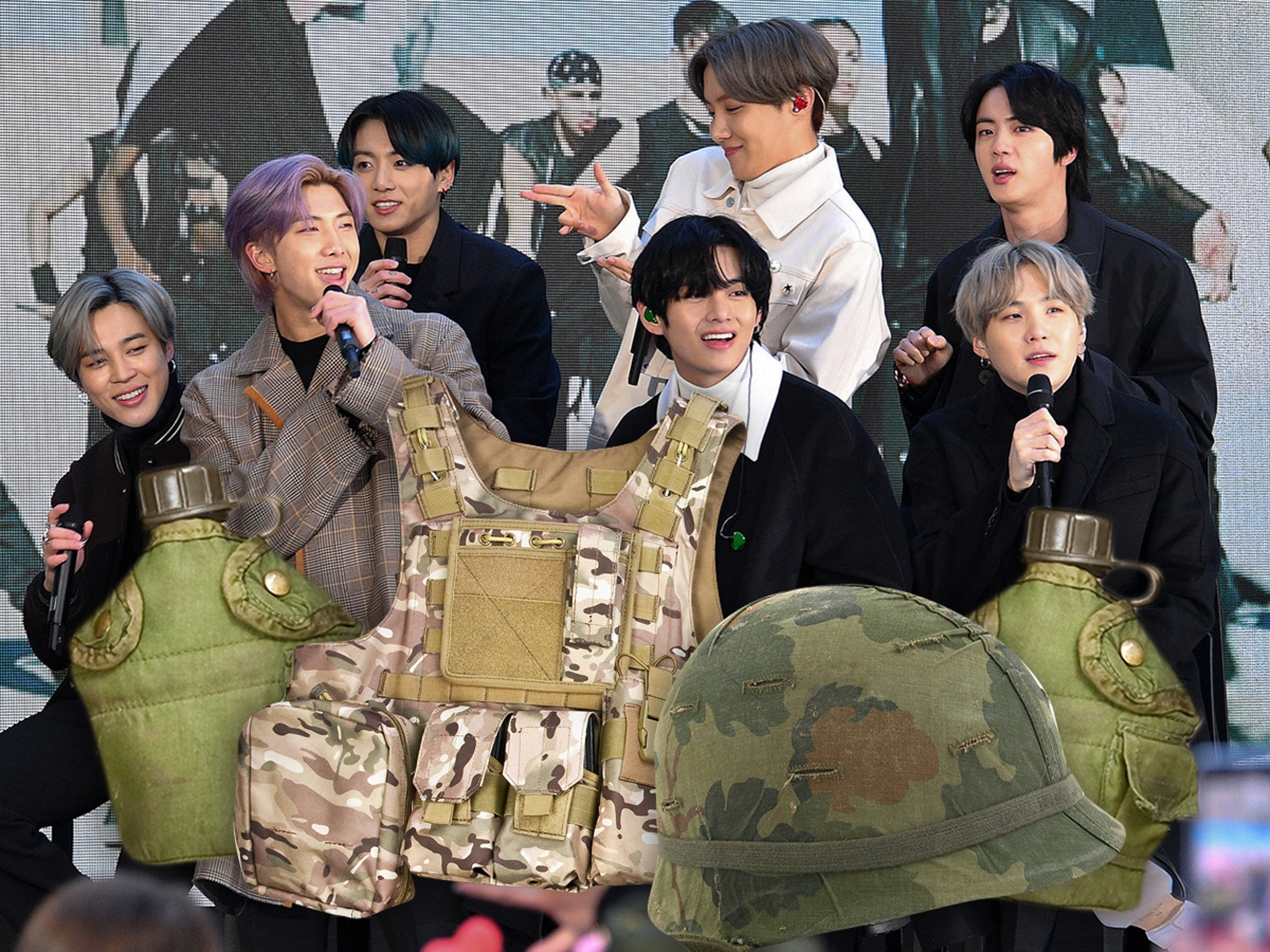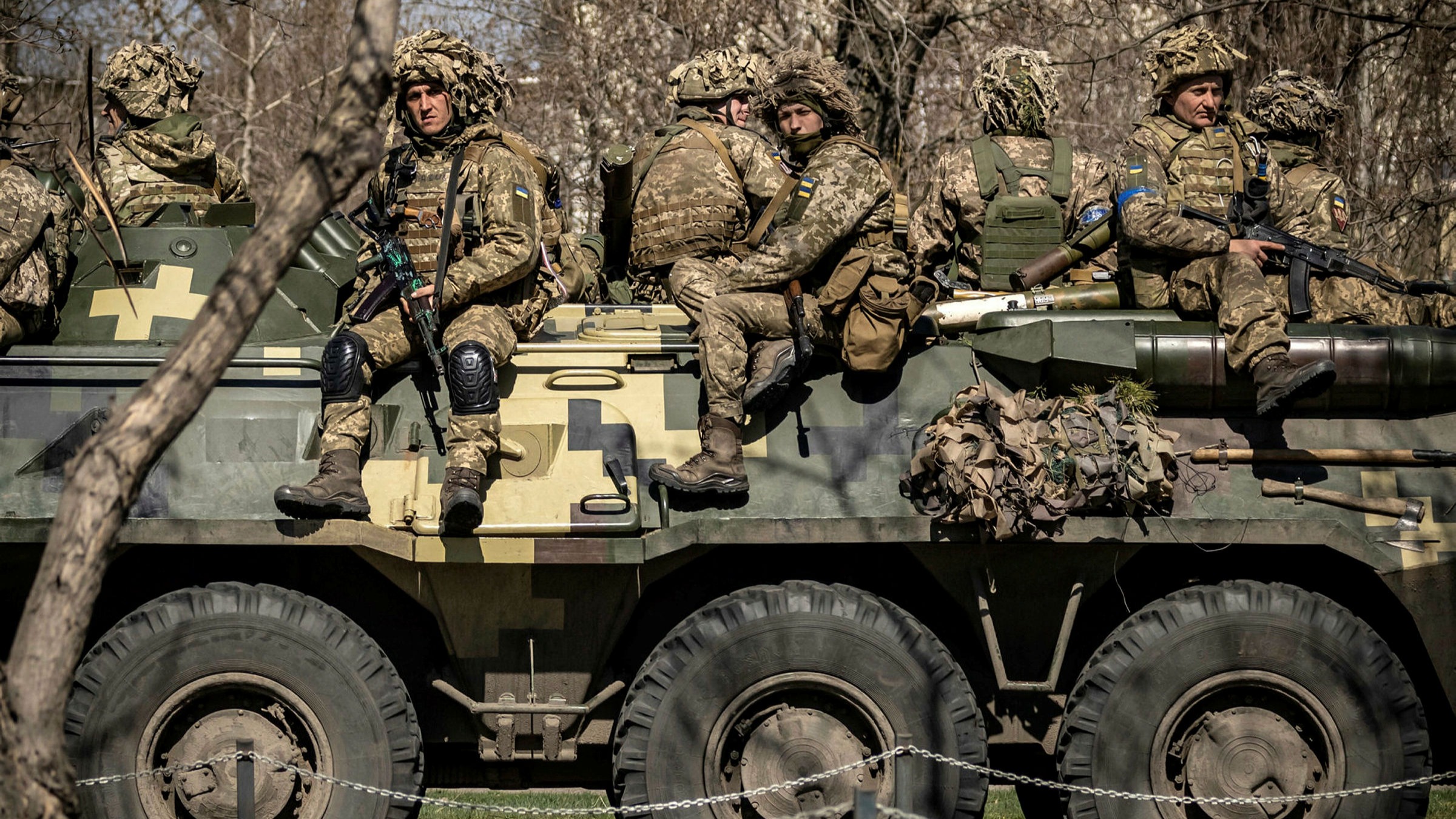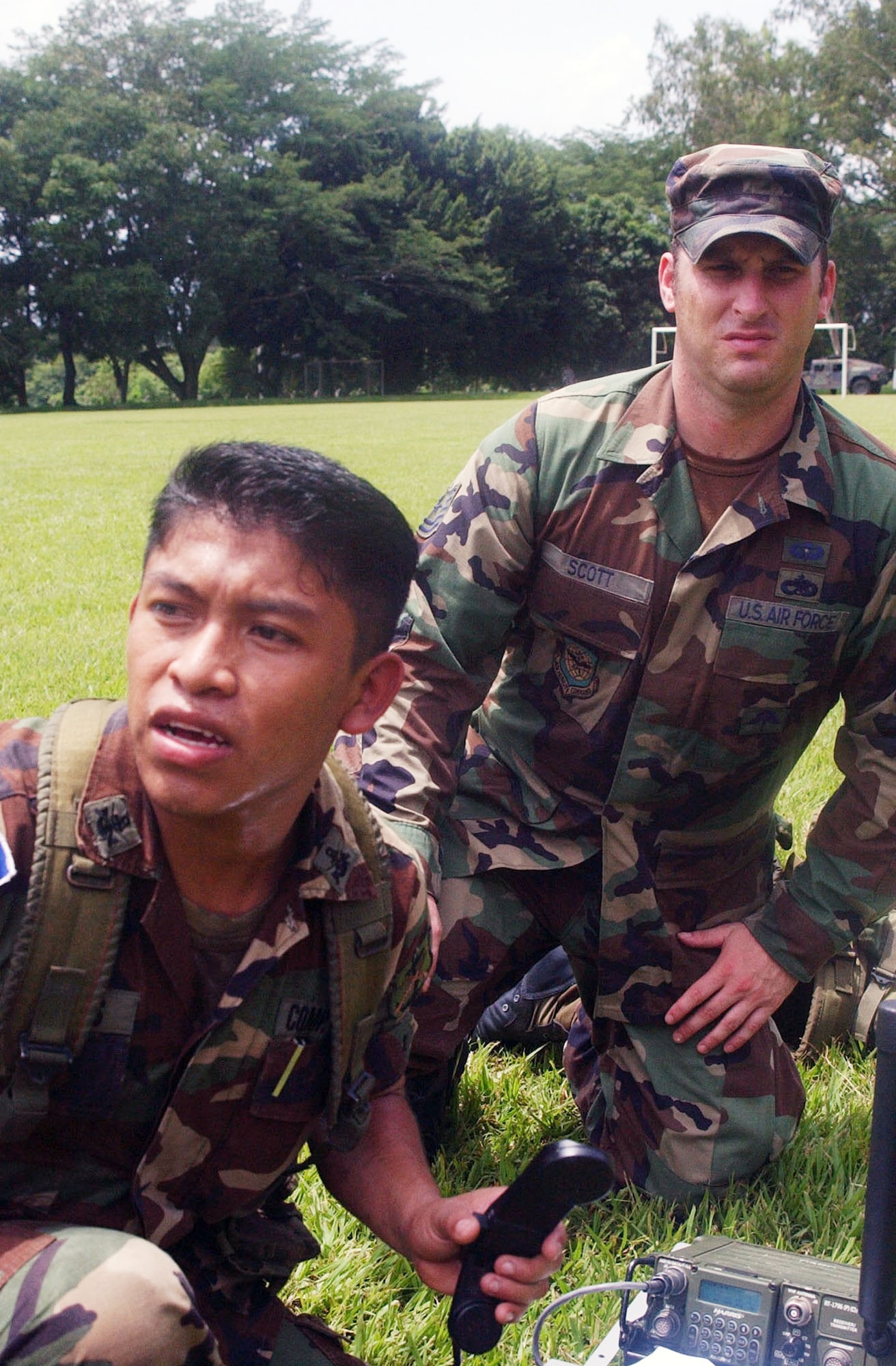S.o Military - US soldiers at the opening ceremony of NATO's Resolute Fortress 22 exercise at the Getica National Joint Training Center in Cincu, Romania, on the 10th Andrei Pungovshin/Bloomberg via Getty Images
With about seven weeks left in the fiscal year, the Army has recruited only about half the soldiers it set for its annual goal.
S.o Military
In an exclusive interview, Army Secretary Christine Warmuth said the Army has recruited about 52% of its fiscal year 2022 goal and is likely to cut as many as 15,000 recruits.
How To Enlist In The Army A Step By Step Guide
"Currently we are at about 52% of the mission that we originally set ourselves. So we have a way to go and obviously we only have about one month until the end of the fiscal year," said Warmuth. "I'd say we're going to be 12,000 to 15,000 recruits short this year."
The goal was to have 60,000 active jobs this fiscal year. While the Army has already publicly said it expects its overall target to fall short, Warmuth's comments show just how significant the shortfall could be. It needs to add more than 10,000 new recruits by the end of September to meet its downsized forecast.
The Army is authorized to have up to 485,000 troops for this fiscal year, but it recently reduced that number to 476,000. Warmuth said retention of existing service members remains high, which helps the end force overall; The number of service members, however, if the recruitment shortage continues over time, it could be a readiness issue for the US military.
NBC News was the first to report in June that every branch of the US military is struggling to meet its recruitment goals for the 2022 fiscal year, according to several US military and defense officials. Figures obtained by NBC News show both a record low percentage of young Americans eligible to serve and an even smaller portion willing to consider it.
Why Is Pakistan's Army Chief So Popular?
The number of people eligible to join the military continues to shrink as more young men and women than ever are disqualified by obesity, drug use or criminal records. In May, Army Chief of Staff Gen. James McConville testified before Congress that only 23% of Americans aged 17-24 qualify to serve without deciding, down from 29% in recent years.
An internal Defense Department survey obtained by NBC News found that only 9% of young Americans who are eligible to serve in the military are willing to do so, the lowest number since 2007.
More than half of the young Americans surveyed, about 57%, believe they will experience emotional or psychological problems after serving in the military. Almost half think they have physical problems.

"They think they will be physically or emotionally broken after they serve," said a senior U.S. military official familiar with recruiting issues, who believes unfamiliarity with military service adds to the perception.
Is America's Military The No. 1 Fighting Force In The World — Or Not?
Among Americans surveyed by the Pentagon who were in the target age range for the draft, only 13% had parents who served in the military, compared with about 40% in 1995. The military views parents as one of the biggest influences in the service.
A military personnel policy expert says middle-class parents, even those who are newly middle-class, often encourage their children to go to college before choosing a career, which hurts recruiting for enlisted personnel.
"It's really hard to change parents' minds, especially if they're parents who have worked really hard to get their kids into college," said Kate Kuzminski of the Center for a New American Security. He noted that recruiting ads are increasingly targeting the parents of potential recruits. "That's where they try to win hearts and minds."1 / 2 Show Caption + Hide Caption - Major General Maria Gervais, director of the Synthetic Training Environment Cross Functional Team, talks about the challenges of developing STE. Interservice / Industry Training, Simulation and Education Conference, December 2, 2019 in Orlando, Florida ... (Photo Credit: USA) VIEW ORIGINAL
2/2 Show Caption + Hide Caption - A puzzle to deliver a realistic and immersive virtual training experience for soldiers is to put computer-generated people and objects behind the real thing, and to do so in real time from multiple perspectives like the actors. and moving objects. .. (Photo: USA) VIEW ORIGINAL
The Army's Recruiting Force Is Finally Fully Manned. Soon, Leaders Hope, They Won't Need So Many
ORLANDO, Fla. - One of the puzzles to provide a realistic and immersive virtual training experience for soldiers is to put computer-generated people and objects behind the real thing, and to do so in real time from multiple perspectives as the actors and objects move.
This challenge, known as dynamic occlusion, is being addressed by working with partners in industry and academia to create a synthetic training environment.
Members of the Synthetic Training Environment Cross-Functional Team work with the Program Simulation, Training and Instrumentation Executive Office, or PEO STRI, and the Simulation and Training Technology Center, known as STTC, to create the most advanced training capability. These partners discussed the dynamic closure and other known challenges in 2019. and Interservice/Industry Training, Simulation and Education Conference, December 2-6, Orlando, FL.

This event was an excellent venue to address the current and future needs of industry and academia, said Major General Maria Gervais, CFT Director of Synthetic Learning Environments.
Culture Change Needed To Address Military Staffing Shortage
The synthetic training environment is the #1 training modernization initiative. This is a comprehensive strategy designed to address the training limitations of multi-discipline operations today and into the future,” Gervais told a standing-room-only audience at the conference.
"We have made great progress with technologies like One World Terrain and we are on track for the initial terrain of virtual collective trainers to be reconfigured in 2021," Gervais said. "So we wanted to talk about the progress we've made here, and we also want to help our business and research partners understand where we need the most help moving forward."
The dynamic occlusion issue may be familiar to some video gamers. If virtual projections of the player's view of the world aren't layered with real-world objects, the experience feels unnatural. In military scenarios, the problem can negatively affect the training experience or lead to the transfer of negative habits if the soldier cannot take realistic cover or if the vehicle crew is prevented from accurately aiming and firing at an enemy position.
At the same time, they want to improve live training, also find alternatives to I-MILES, an instrument-multiple integrated laser engagement system. This system builds on technology developed in the 1970s and 1980s and is widely used in training centers around the world to support strength-on-strength and strength-on-target training.
My Big Fat Greek Army
Although I-MILES has seen improvements over the years, laser-based systems introduce inherent artificiality in live exercises due to their limited ability to represent realistic lethal effects. For example, a bush or cardboard box provides effective coverage from a laser blast, but would be useless in a fire.
The cross-functional team also told conference attendees that they want to more accurately demonstrate the effects of direct and indirect fire and facilitate training on more complex or longer-range weapons that cannot be easily integrated into live exercises.
"With 'Live,' our goal is to better replicate the lethality, vulnerability and consequences of real shootings in all of our training centers," Gervais said. "At the same time, the consequences of all operations and the weapons systems used must be accurately represented in a virtual environment, so that soldiers trained by simulation elsewhere have the same operational picture in real time."

As director of acquisitions for the cross-functional team, Destry Grogan's message to vendors and scientists is the need to balance government and commercial spending to pursue non-priority technologies.
The Army Has So Far Recruited Only About Half The Soldiers It Hoped For Fiscal 2022, Army Secretary Says
"Military and government-funded institutions such as the Center for Simulation and Learning Technologies in Orlando and the Institute for Creative Technologies at the University of Southern California are focusing research dollars to address some of the key technical challenges associated with all-source terrain blending. , dynamic occlusion and weapon and ballistic accuracy,” Grogan said. "We want other academic institutions and industry partners to show us the art of what is possible in areas such as artificial intelligence, focusing on machine learning, adaptive networks and intelligence."
Other key areas where the team is looking for help and collaboration to meet future STE requirements include smart learning, streaming over vulnerable networks, cyber security, big data, augmented virtual reality and 3D terrain data storage, processing, transmission and distribution.
"Focusing on these areas where we have known technology gaps allows government and industry to avoid as much research effort as possible," explains Grogan.
Efforts are also underway to develop virtual trainers to train soldiers and small units. CFT remains on track to launch reconfigurable virtual collective trainers to support air and ground crew training and achieve initial operational capability in 2021. Tactical trainer and duplicate the range of ground vehicles in the inventory

Post A Comment:
0 comments so far,add yours